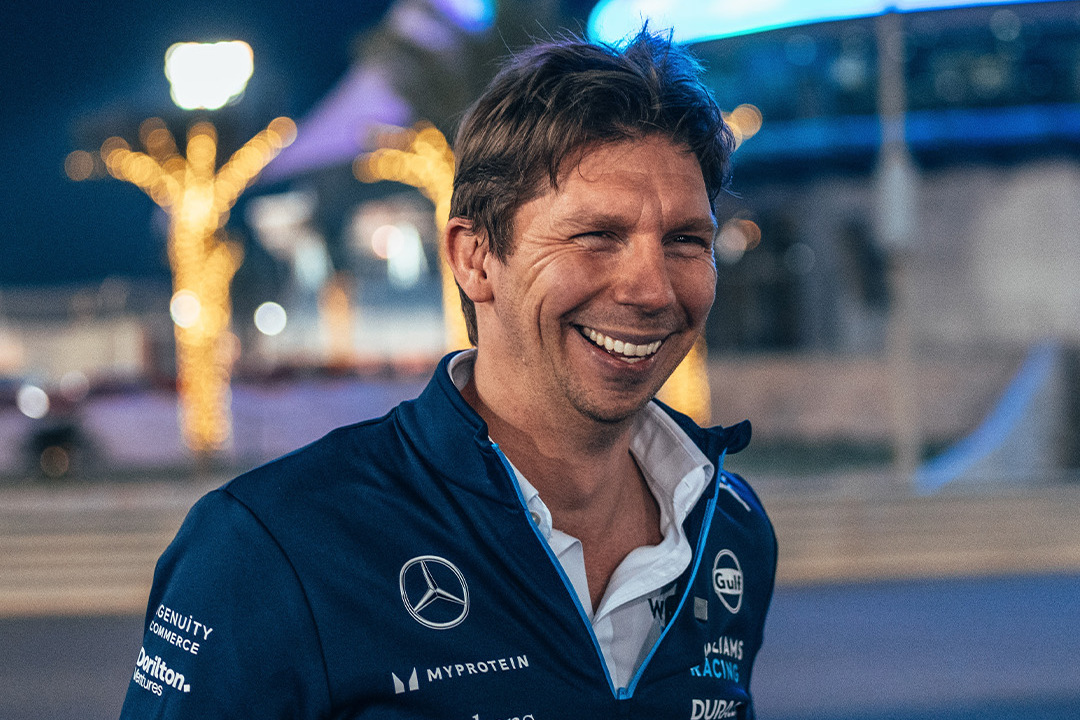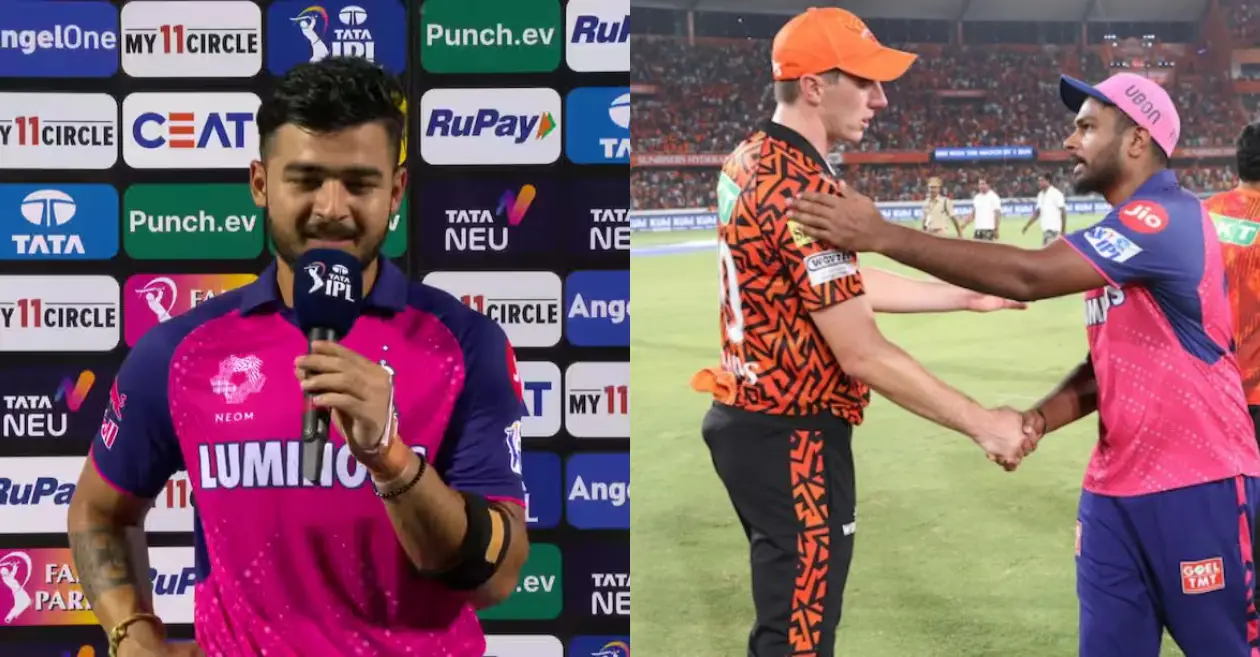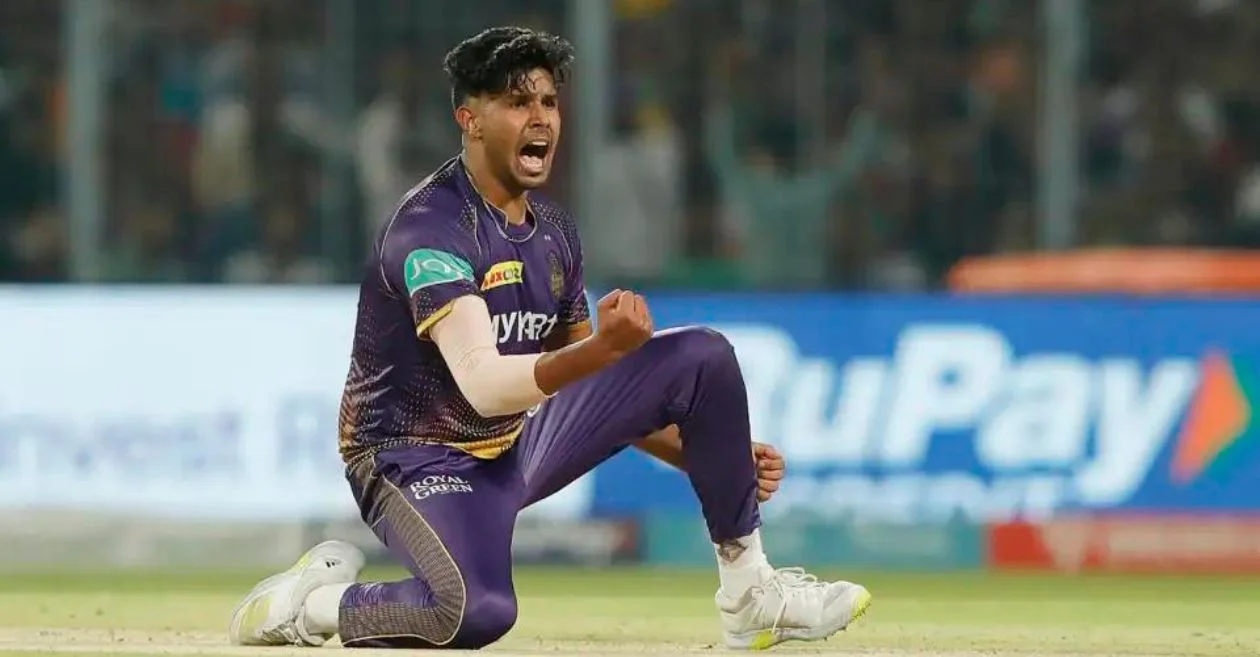
The Vikings are likely to wind up with one of a handful of promising but flawed QB prospects. Let’s meet them.
There are six quarterbacks who may go in the first round of the 2024 NFL Draft, and I like them all. I think that if any of the six land in the right situation, they can be good NFL quarterbacks, and I would have ranked any of them as the second-best quarterback in last year’s draft after C.J. Stroud.
That said, all of them carry some degree of risk, and “the right situation” is different for everyone (woe to whoever lands with Kliff Kingsbury in Washington). I think the issues with three of them — Jayden Daniels, Bo Nix, and Michael Penix — can be boiled down to a few quick paragraphs, so let’s do that. All of them have some degree of likelihood to wind up on the Vikings or Lions, after all. As always, the QBOPS Draft Sheet can be seen here, and the Glossary, here.
Jayden Daniels – LSU
2023 Stats: 236/327 (72.2%), 3812, 16.2 Y/C, 40 TDs, 4 INT, 1134 Yards Rushing, 8.4 Y/R, 10 TDs
2023 QBOPS/QWOBA+: .426/.791/1.217, 139
First, the immense positive: Daniels had, by any metrics, one of the greatest seasons a quarterback has ever had. He’s an incredible deep passer, he possesses good arm talent, and he has performed on some of the biggest stages against very difficult defenses. My first comparison for Daniels before digging into everything was a sort of more mobile Joe Burrow. Burrow also underwent a meteoric rise in his final season at LSU, and Burrow’s one major flaw – a propensity to take too many sacks – is shared by Daniels. But, as usual, the devil is in the details, and difference between Burrow and Daniels is as important as the similarities.
The 6-3, 221-pound Burrow has been in the NFL for four seasons, and when he’s been on the field, he’s been excellent. It is staying on the field that has been an issue, as the Bengals have featured haphazard offensive lines during most of his tenure and the man is prone to taking shots.
Back in 2019, Burrow was PFF’s highest-rated college passer with a 94.1 mark. In second was then-Ohio State and now-former Bears quarterback Justin Fields, with a 92.4 grade. Burrow was sacked on 19.1% of his pressures in 2019 (an improvement from the 25.7 P/S rate the previous year). Fields was sacked on 22.1% of his pressures, a number which would increase to an alarming 25% in his final 2020 season, and while there are many differences between Fields and Burrow, this really is the big one. Burrow and Fields are both big game hunters, but Burrow’s clock is faster, and he’s able to make better throws under pressure as a result.
And so, the question really becomes whether Daniels is more like Burrow, or Fields, and I’m sorry to say that I find myself landing on Fields more than I’d like. Daniels was sacked a nearly-unplayable 30.8% of the time in 2022. Despite the immense amount of punishment he took that season, he still produced a QWOBA+ 15% better than average. In college, Daniels was able to overcome his P/S, but the NFL is a different animal. That said, Daniels did improve to an alarming but not disastrous 20.2% in his final season, and of course, leveraged that improvement into a truly great season of production. That number is only slightly worse than what Burrow put up in his great season, which is at least slightly comforting.
So, what’s the problem exactly? Daniels’ tape is quite good, but under any kind of pressure, my subjective opinion was that he became a one or perhaps two-read quarterback. I think the entirety of his P/S rate improvement came as a directive from LSU coaches telling him to look to Nabers/Thomas, and then take off. This was just a theory until Ben Solak, writing in The Ringer, put some rigor to this observation:
“In all my time charting, I don’t think I’ve seen anything quite like Daniels’s pressure response numbers. He stood in the face of pressure and delivered a pass on just over one out of every three dropbacks. That’s an absurd number. He took a sack on 23.3 percent of the dropbacks I charted, which is significantly ahead of second-worst place (J.J. McCarthy, at 18.3 percent), just as absurd, and maybe even more concerning.”
In short, my subjective guess appears to be correct. That’s a problem as, at the NFL level, failing to effectively pass under pressure is going to get Daniels killed and will put him very much in the Justin Fields category. Daniels is more gifted passer than Fields, and the idea of “Justin Fields but a better passer” may sound superficially intriguing, but there is a ceiling on how productive you can be in the NFL playing that game. Daniels is 6-3 and a relatively slight 210 pounds. He’s a fast, effective runner, but he takes silly hits and a ton of sacks. Situation is extremely important for Daniels, and if he lands with Kliff Kingsbury in Washington, I suspect it will be an unmitigated disaster.
Bo Nix – Oregon
2023 Stats: 364/470 (77.4%), 4508 yards, 45 TDs, 3 INTs
QBOPS/QWOBA+: .457/.607/1.064, 117.
I like Bo Nix. You will not find many quarterbacks who are expected be the 5th quarterback in the draft and are better than Bo. In terms of unadjusted QWOBA, he was a close second to Daniels this season. He easily has a 60 arm on the 20-80 scale (indeed, one of the reasons this class is so good is that there is not a bad arm among the top 6, and I’d put at least a 60 on everyone with Maye leading the class around a 70-75). Nix is also a good athlete with outstanding mobility and he was insanely accurate.
There are two major problems with Nix, and they mostly involve what he didn’t do. The first thing he didn’t do is push the ball downfield. Among the 15 draft eligible QBs I have metrics for, Nix’s ADOT is easily the lowest (6.8), even besting supreme checkdown artist Spencer Rattler’s 7.5. Every other metric supporting Nix becomes questionable in this context. He had almost as many yards on screens (745) as deep throws (999). He was great at avoiding sacks with an outstanding 7.6 P/S rate, but he was only throwing the ball 7 yards. His turnover-worthy play percentage was incredibly low, but he was only throwing the ball 7 yards. And he completed almost 80% of his throws, which is great, but he was only throwing the ball 7 yards.
In Nix’s defense, Ben Solak’s charting shows that he was incredibly effective on his deep passes, he just didn’t have many of them. Oregon had good reason for limiting Nix’s deep passes, because few suffered as big of an accuracy decline under pressure as Nix, who had an enormous uptick in hero-ball throws likely to be intercepted. Oregon’s offensive philosophy was brilliant in terms of maximizing his strengths and minimizing his weaknesses, but it’s an open questions a to whether the same thing will be possible at the next level. Nix is relatively old, and what continues to haunt him to this day are his three seasons at Auburn, where we could all see how he played when the OC wasn’t looking out for him.
The other big thing Nix didn’t do was face good defenses, at least this year. This can be seen in his adjusted and unadjusted QWOBA. As previously stated, Nix was second only to Daniels in unadjusted QWOBA, but when we adjust for strength of schedule and receiving talent, he takes a massive hit, down to 117. Nix played the easiest schedule of any draft-eligible quarterbacks who qualified for QWOBA, even easier than Central Florida’s John Rhys Plumlee. And while many of the top quarterbacks in this draft were throwing to incredible receivers, Nix’s average PFF Grade per Completion was 76.53, second only to Arizona’s Noah Fifita. If you’re wondering how Nix had “better receivers” per PFF than Jayden Daniels, who was throwing to Malik Nabers and Brian Thomas Jr., they graded Tez Johnson and Troy Franklin above Thomas, with RB Bucky Irving grading well on all of those Nix checkdowns. PFF grades should always be taken with a grain of salt of course, but the point is that Nix was working with an extremely talented group, at least on par with the best in the nation.
People love putting Alex Smith comps on Nix and I don’t think that’s unreasonable. If he landed with a coordinator on par with Andy Reid or one of the many Shanahan-style OCs, you could probably get decent production out of him at the next level, but his play under pressure limits his ceiling.
Michael Penix, Jr. – Washington
2023 Stats: 363/555 (65.4%), 4903 yards, 46 TDs, 11 INT
QBOPS/QWOBA+: .386/.662/.1.048, 109
Sort of the anti-Nix, Penix excelled in college by bombing away more than just about any other quarterback, with a 10.7 ADOT behind only Drake Maye and Tulane’s Michael Pratt. Penix faced a much tougher slate of defenses than Nix, though he did benefit from an incredible receiving corps as well. Penix led all draft eligible QBs with 1787 deep passing yards (Maye was second with 1452) against 567 screen yards. Perhaps the single most impressive statistic about Penix is his amazing 7.6 P/S%. That’s the exact same number as Nix despite averaging an additional four yards of ADOT.
If you’re going to take a shot on Michael Penix, that P/S% is extremely important, because the big knock on Penix is health, and at the next level, avoiding punishment will be paramount. He was beaten up and frequently injured while serving as Indiana’s punching bag, and while the move to Washington was a good one, he has continued to suffer some form of injury every season, though he did start 15 games in his final season.
The other big issue that immediately stands out for Penix is accuracy. While he did have a higher completion percentage than Maye, he consistently fails to meet the accuracy levels common among successful NFL quarterbacks, and while his ADOT is a part of that story, it’s not the entire story. Penix struggles with short-to-intermediate throws, and while he often throws a catchable ball, it tends to be behind his receiver or low, robbing his pass-catchers of YAC opportunity. Nix’s receivers helped turn checkdowns into big plays, while Rome Odunze and Ja’Lynn Polk often helped turn Penix’s tough throws into completions.
This has been a consistent issue for Penix throughout his career. In his first year as a starter for Indiana he actually did post elite accuracy numbers but only over 7 games, and he took a major step back the following two seasons leading one of the worst programs in major college football. While he improved drastically at Washington, he’s never quite gotten back to the level of his first season as a starter. If he were younger, the mechanics might not be such an issue and people would be bucketing him with Drake Maye as a developmental prospect, but Penix is old, and this likely is what he is.
He as a plus arm, he throws a beautiful deep ball, and much like Stroud last season, he can run when necessary but prefers to use his above average mobility to buy time. He’s also careful with the ball and may actually throw it away too much. He probably tops out at something like Ryan Fitzpatrick at the next level, but you might eke out Ryan Tannehill in certain situation, which isn’t the worst thing in the world.


















You must be logged in to post a comment Login